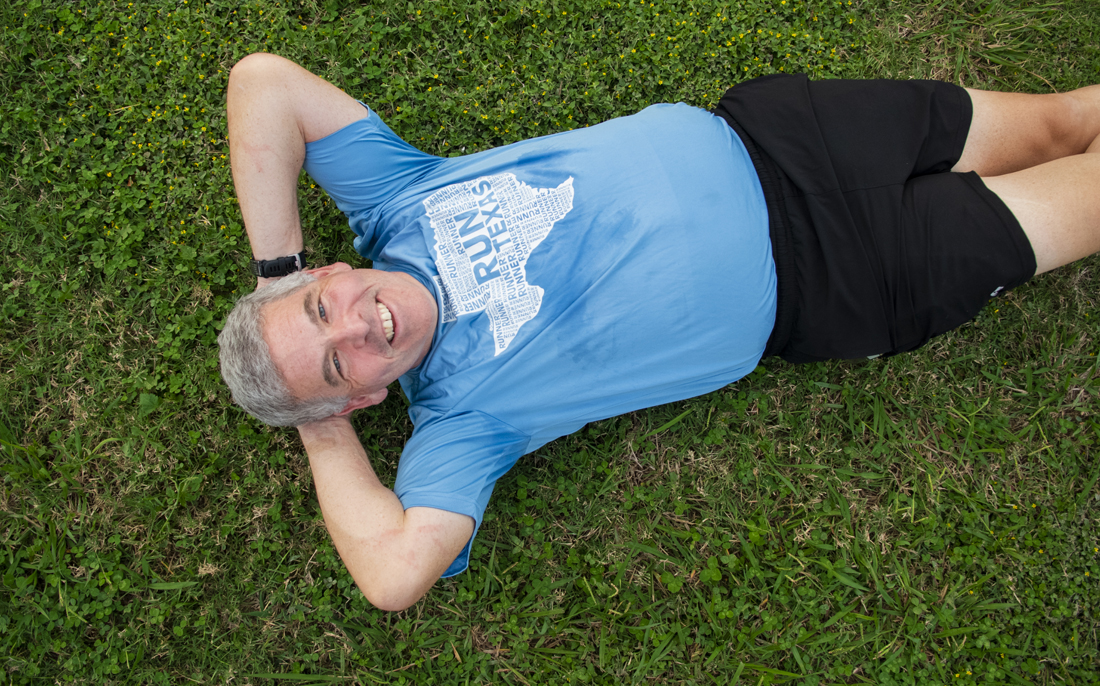Researching dental solutions to sleep apnea
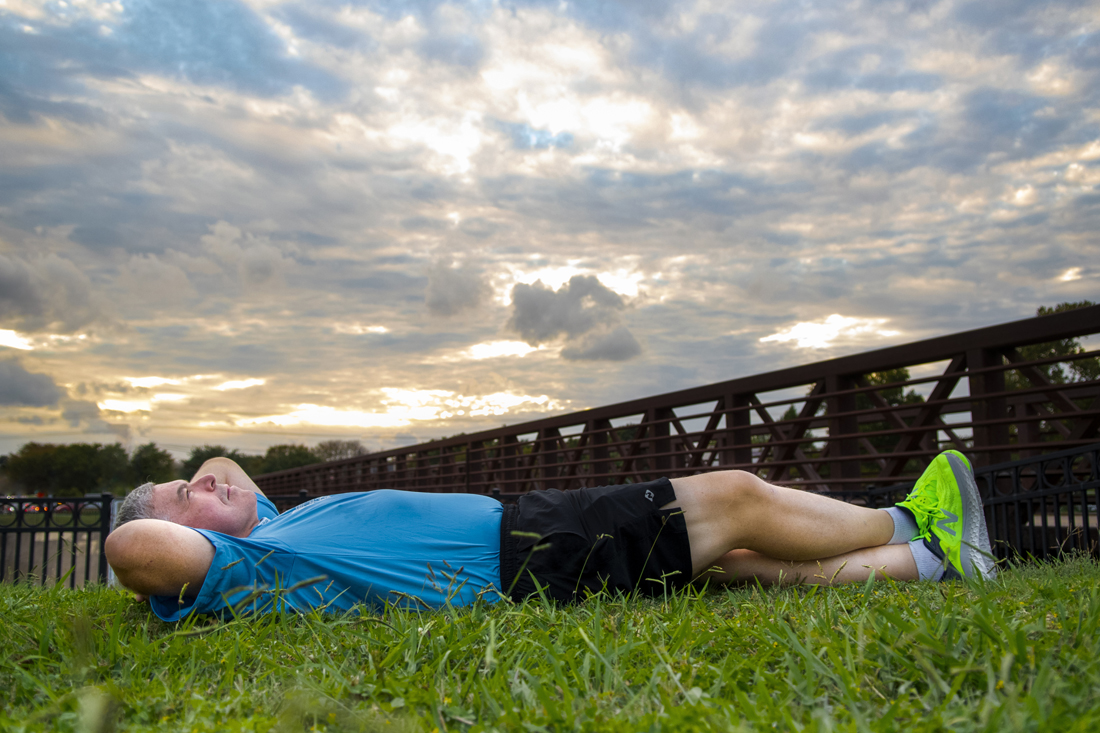
The fallout from sleep apnea was severely affecting Jim Elliott’s life, but 10 years on a bulky CPAP breathing device wasn’t the answer. A simple plastic dental appliance has changed his life.
Elliott was one of 56 individuals diagnosed with moderate to severe sleep apnea who opted to participate in a Texas A&M College of Dentistry Sleep Research Program study, “Randomized Trial of 2 Self-Titrated Oral Appliances for Airway Management.” The investigation compared two widely used oral appliance designs and concluded that their use dramatically improved patients’ breathing during sleep, as reflected in the respiratory event index. Results were published in the Journal of Dental Research in 2020.
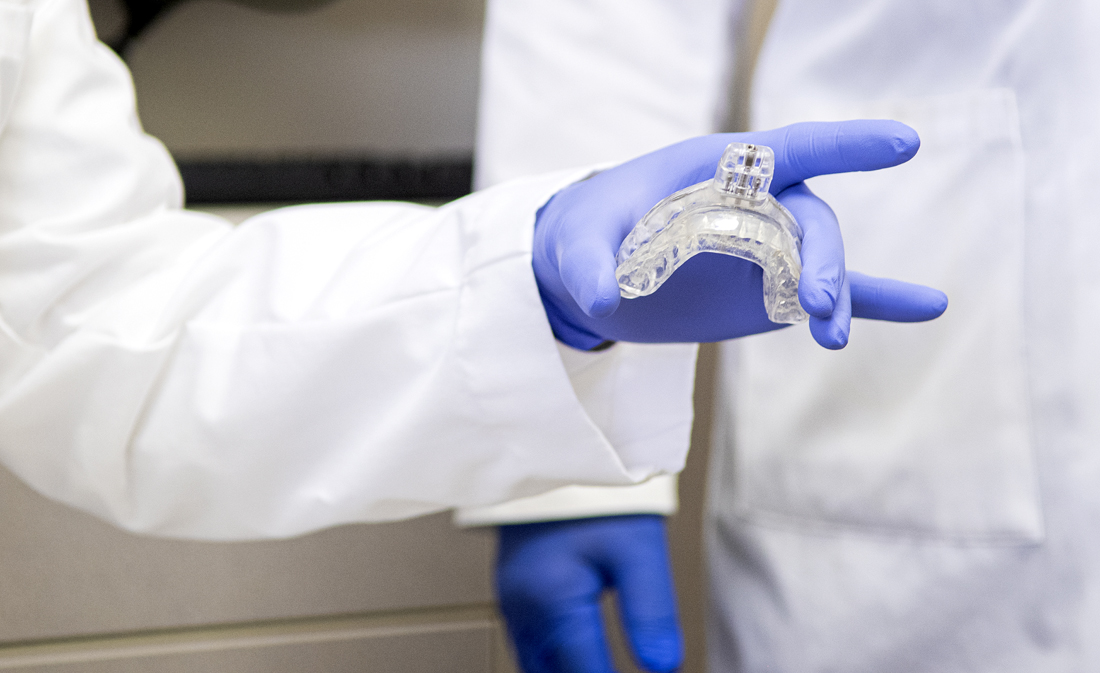
Funded in part with $480,000 from the Baylor Oral Health Foundation and $75,000 of in-kind donations, the study compared midline traction versus bilateral thrust oral appliances. Such dental-inspired research to alleviate sleep apnea is among the latest in several ongoing clinical studies focused on using state-of-the-art oral appliances to manage the airway and, in turn, improve sleep and overall health.
“In that study we found they were both quite effective in treating their sleep apnea,” says Dr. Emet Schneiderman, director of the Sleep Research Program and professor in biomedical sciences, in which he teaches human anatomy, evidence-based dentistry and biostatistics.
“The aspect of the study that was probably the most important was that we looked at people who had moderate and severe obstructive sleep apnea. The dogma forever has been that oral appliances are good for mild and moderate, but we found they are even more effective for people with severe sleep apnea,” he says.
The CPAP, or Continuous Positive Airway Pressure machine, is considered successful if patients lower their score to under five on the apnea hypopnea index, Schneiderman says. AHI measures the number of apneas and hypopneas recorded per hour, which is when someone tries to breathe but their airway is fully or partially blocked. Thirty and above is considered severe, 29 to 15 is moderate and 14 to five per hour is mild.
The respiratory event index is an alternate measure that is readily acquired using a compact sleep-monitoring system in one’s home—a feature of the Sleep Research Program’s clinical studies that makes it convenient for patients to participate. Prior to this type of system, sleep could only be studied in an overnight sleep laboratory, often a foreboding and expensive experience.
The ultimate goal is to reach fewer than five episodes each hour, which a CPAP is able to accomplish, Schneiderman says. Getting to that level using an oral appliance is a little harder. Yet current approaches are getting closer.
Oral appliances, created to quell snoring and sleep apnea, fit onto the upper and lower teeth; some are also coupled in the front to help keep the mouth closed. They also bring the lower jaw and tongue forward to open the throat.
“A lot of us like to sleep on our backs. As we get older, the muscles of the throat become lax, and we also tend to put on weight. Those tend to conspire to close the airway at night,” Schneiderman says. “The tongue falls backward against the soft palate and back of the throat. If some air is allowed to pass through, it vibrates, and that’s snoring. If it’s completely closed, it’s apnea, where you quit breathing altogether.”
The oral apparatus that the SRP is testing now—resembling upper-and-lower night guards used for patients who grind their teeth—can be molded and fitted by qualified dentists chairside. The thermoplastic is heated until it’s almost a gel form, then placed in patients’ mouths for a perfect fit.
“You fit it to the teeth, and it has an adjustment screw on it,” he says. “By turning that, it brings the lower jaw forward. That has to be done very gradually and carefully and monitored so the jaw joint is not injured. We have to be very vigilant to preserve proper oral function and health. That’s a very good reason for a properly trained dentist to always be involved.”
The rise of a dental solution
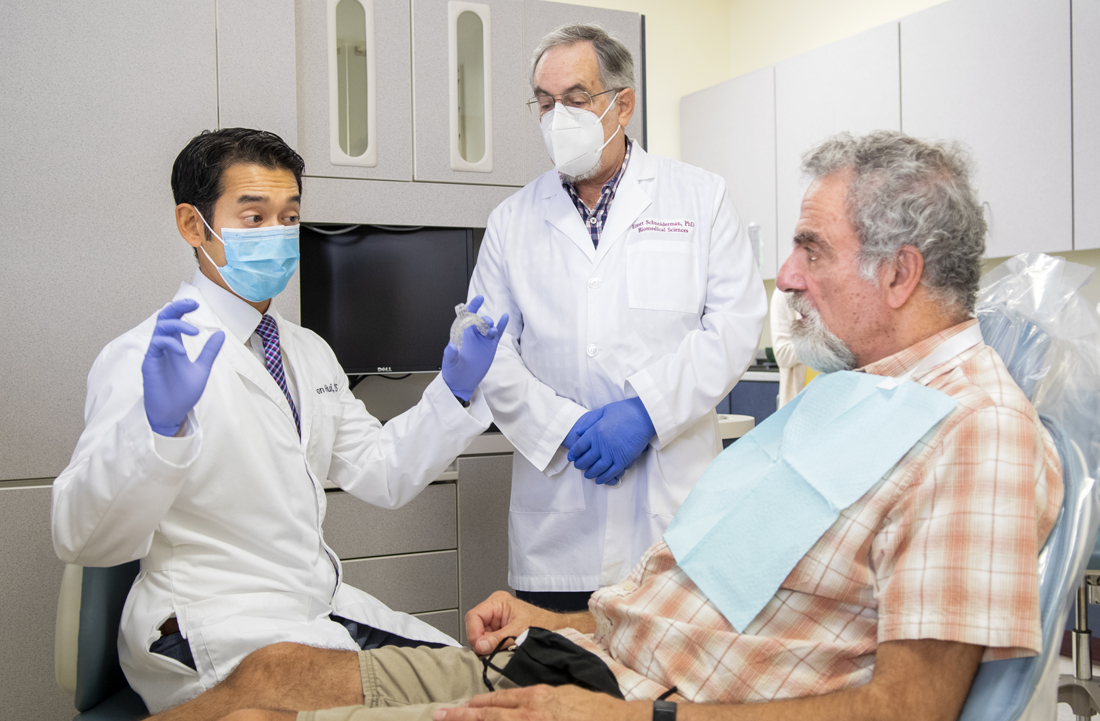
Medicine has focused on CPAP, invasive surgeries and drugs for the treatment of obstructive sleep apnea. The emergence of oral appliance therapy as a viable solution for all severities has the potential to send many sleep apnea patients to their dentists instead of physicians as they search for solutions. The dental profession is gearing up to absorb that shift. Schneiderman estimates that more than a dozen dentists in the Dallas area are properly trained in this therapy.
“When I first started treating sleep apnea, there were no continuing education courses available for dentists,” says Dr. Jason Hui ’11, an adjunct clinical faculty member and sleep dental medicine specialist who played a major role in conducting the study. “Nowadays, every continuing education conference has sleep apnea courses available for dentists to learn how to treat it. I believe the number of dentists able to treat sleep apnea will continue to rise.”
“Many patients seem to prefer an oral appliance versus a CPAP machine.” — Dr. Jason Hui
Oral appliances for sleep apnea used to run in the thousands, Schneiderman says. But as they have become easier to make, the cost has come down considerably.
“The latest version that we’re working with is fit chairside, and the cost to the dentist is about $100,” he says. “It’s very straightforward to fabricate by the dentist in about a half hour. That’s kind of revolutionary, too. It’s called myTAP.”
Rethinking CPAP
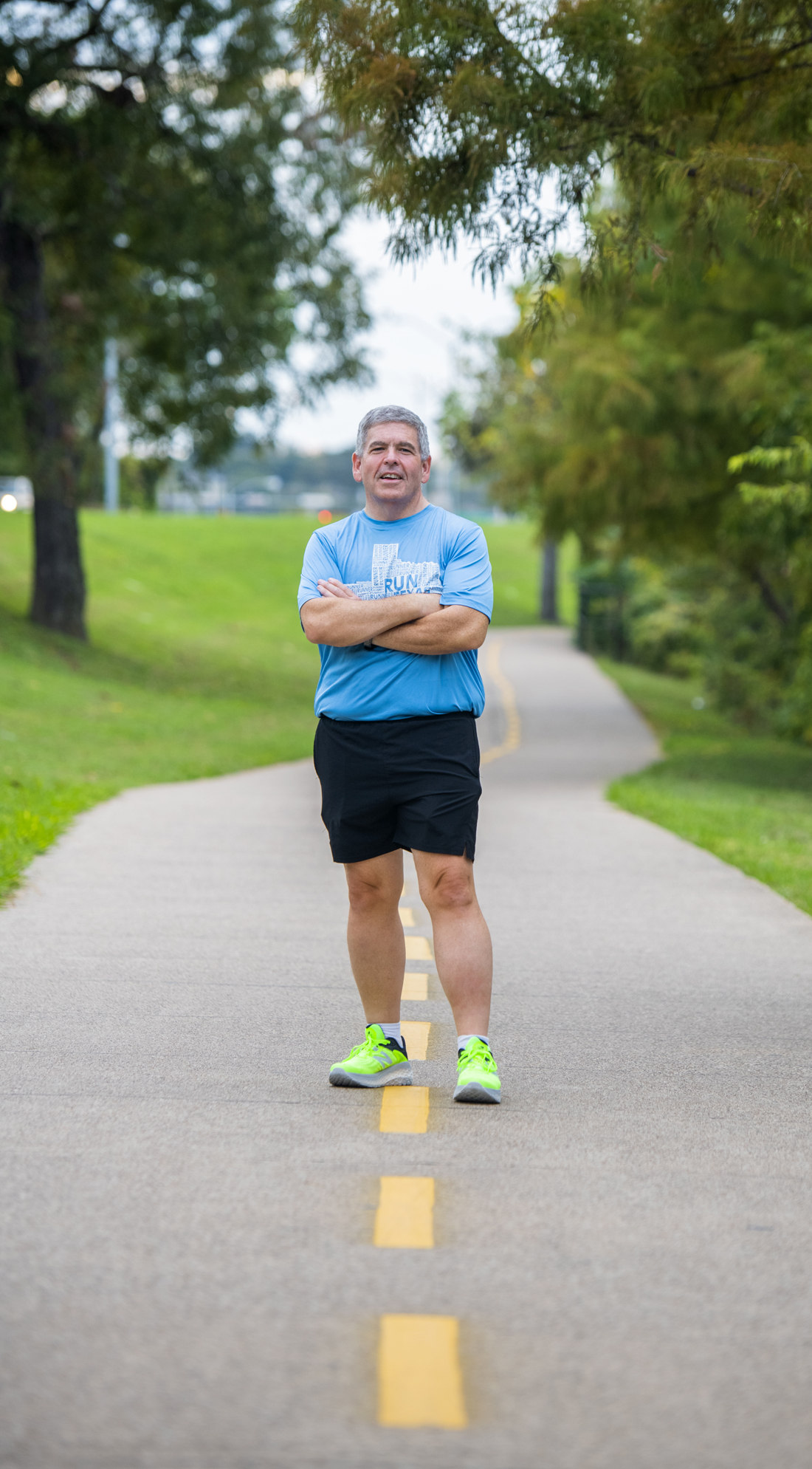 In 2008, Elliott faced a health scare that resulted in wearing a Holter monitor to check his heart. With his heart stopping multiple times while he slept, he says his doctor planned to put in a pacemaker. During surgery, no electrical issues with his heart were found, so it was determined that sleep apnea was to blame.
In 2008, Elliott faced a health scare that resulted in wearing a Holter monitor to check his heart. With his heart stopping multiple times while he slept, he says his doctor planned to put in a pacemaker. During surgery, no electrical issues with his heart were found, so it was determined that sleep apnea was to blame.
At age 42, Elliott started using a CPAP. Like so many other CPAP users, he found it uncomfortable and a hassle to take with him when he traveled.
CPAP works by using air to apply pressure on the throat. This prevents the airway from temporary collapse, and in so doing, prevents an interruption in breathing. Complaints of discomfort are so prevalent that even the Mayo Clinic offers a Top 10 list of how to avoid common problems. And that’s why alternatives to CPAP machines, such as dental appliances, are gaining positive traction.
“CPAP is not very natural. It tends to dry your nose and mouth. It does keep some people awake. That’s a drawback,” Schneiderman says. “For those who tolerate and wear it throughout the night, it’s great. But even among users, on average, they only wear it for about four hours a night.”
Obstructive sleep apnea affects approximately 22 million Americans, according to the American Sleep Apnea Association.
More men suffer than women, and the plight worsens with age and weight gain, as documented in the study “Obstructive sleep apnea is a common disorder in the population—a review on the epidemiology of sleep apnea,” published in the Journal of Thoracic Disease in August 2015. Those under age 70 are at an increased risk of premature death, with strokes a leading cause.
Oral appliance usage is becoming more widespread, Schneiderman says. The science supporting oral appliance therapy has come a long way since alumnus Dr. Keith Thornton ’69 invented his adjustable mandibular advancement appliance, the TAP, 27 years ago. With more than 72 patents, Thornton continues to be an outstanding innovator in the field of dental sleep medicine.
“There are now some key people in the sleep medicine field who understand that maybe starting someone on CPAP isn’t the only way to go. Maybe give them an option for one of these appliances,” Schneiderman says.
For Elliott and dozens of others like him in sleep studies, the results have been astounding.
His life these days is a far cry from his previous scenario of sleepless nights and difficult daytime meetings where he struggled to keep his eyes open.
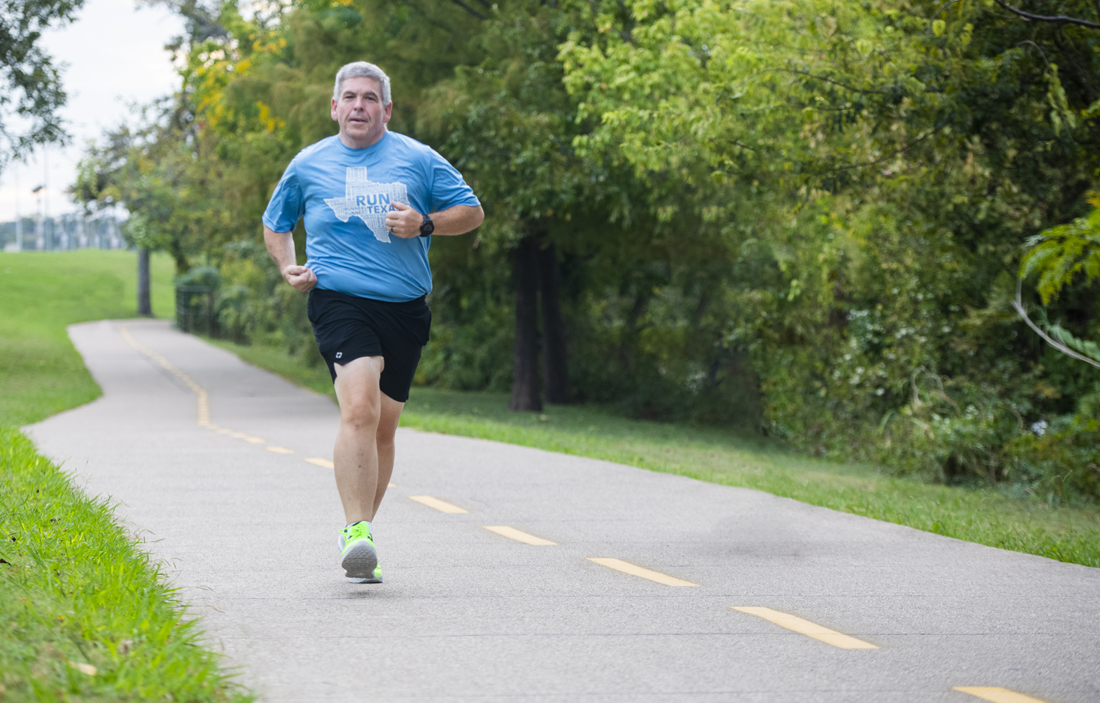
“I was always tired but somehow rationalized it as normal,” he says. “A long drive, a slow movie, every night after dinner I would find myself asleep. Boring meetings at work were torture. I never fell asleep, but it was often a battle. I even fell asleep at the wheel a few times but, thank God, no wrecks.”
Dental sleep medicine specialist Hui admits that he, too, struggles with sleep-disordered breathing, or pre-obstructive sleep apnea. Wearing an oral appliance every night has alleviated an issue he’s long struggled with, a condition he said many more people have than they realize.
“I believe over 75% of the population has some sort of sleep breathing disorder that is not diagnosed,” Hui says. “In fact, most people who snore probably have an underlying problem affecting their overall health. The problem is that the average person believes snoring is ‘normal,’ but it really isn’t.”
Health issues considered
Sleep apnea has been linked to a variety of common diseases, he says, including dementia, cardiovascular disease (high blood pressure, atrial fibrillation, congestive heart failure), diabetes, and the list goes on.
“If everyone completed a sleep study to rule out sleep apnea, and received proper treatment of sleep apnea, we would see a drastic drop in these ‘common’ diseases,” Hui says.
Schneiderman points out that in children who snore, one-third will eventually develop sleep apnea. Also, according to “Prevalence of Mouth Breathing Among Children” published in 2008, 55% of children are mouth breathers, a red flag for what may await them. Mouth breathing while sleeping reduces the benefits of saliva that protects teeth. These patients are “more prone to developing caries, periodontal disease and discomfort.”
Humans are the only species who mouth breathe. Jaws are also becoming smaller, which may be caused by diet and air pollution, says Schneiderman, who also is a physical anthropologist. He notes that skeletons from before the industrial age display better developed jaws, more room for teeth, few orthodontic problems, and little caries.
The Sleep Research Program has several related, ongoing studies, including one that uses a mouth shield with an oral appliance for sleep apnea.
The study’s preliminary findings are achieving the same low levels as a CPAP, which Schneiderman says they hope to demonstrate in the next few months. Reaching that goal would be a breakthrough.
“We hope to show that by eliminating mouth breathing, we will see improvements in the patients’ obstructive sleep apnea treatment (when compared to using an oral appliance alone, without the mouth shield), as well as improve the health of the gums and teeth,” Hui says.
Irwin Lightstone, who also participated in the earlier study, says mouth breathing has long been a problem for him. Since he started using an oral appliance (even without a shield), he has noticed marked improvement in long-standing periodontal issues. His latest dental checkup revealed less gum inflammation. A periodontal health score backs that up with hard numbers. Where he usually scored “fours” on his gum pockets, he’s now seeing “twos.” The higher the number, the higher the chances for bleeding and infection.
“My dentist was pleased,” he says. “I’m hoping this will slow the progress of my dental problems—including a history of cavities, crowns and root canals—which is very big.”
Far-reaching results
Trading in his CPAP for a palm-size and much more portable oral appliance has proven revolutionary for Elliott. Even though he says he felt better after he started using the CPAP, it kept him from a number of fun experiences—camping among them.
“Now I can do anything anyone else can,” he says. “I am making the most of it.”
Elliott is still thanking his lucky stars that he happened to stumble across a call for sleep apnea participants for the College of Dentistry’s oral appliance study. He couldn’t have imagined how an easy sleep study, done from home with the school-supplied equipment, would be so metamorphic.
“The difference is hard to understand unless you have lived it,” he says.
“I have more energy, am in a better mood. I’ve taken up endurance sports and, at 55, am in the best shape of my life.” — Jim Elliott
Ongoing research initiatives
A study investigating snoring and dementia, which appeared in Geriatrics in November 2021, sheds light on the impact of sleep quality in maintaining cognitive function in aging brains.
The team at Texas A&M College of Dentistry, in collaboration with the Center for BrainHealth at the University of Texas at Dallas, published this promising pilot study on treating snoring in people with mild cognitive impairment or early Alzheimer’s disease. This study on 18 older adults, also using the myTAP oral appliance, showed improvement in cognition in the majority of these patients.
“What’s really exciting about what we’re doing is that we’re exploring non-pharmacological approaches to preventing dementia.” — Dr. Emet Schneiderman
Visit the college’s website to learn about enrolling in ongoing clinical trials and studies.
